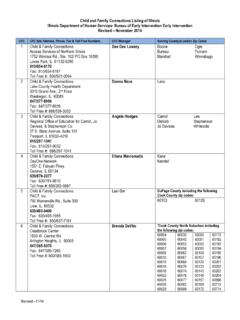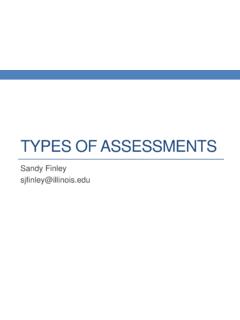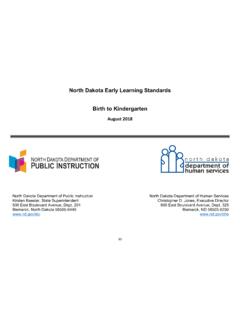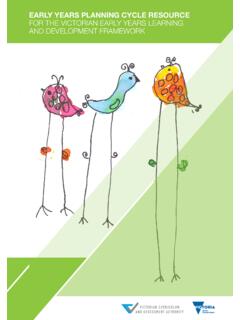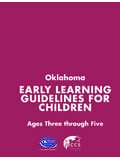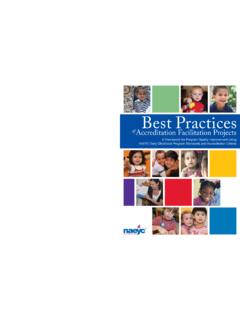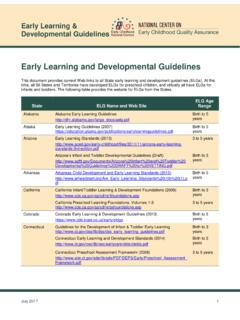Transcription of Hawaii Early Learning Profile (HELP)
1 Hawaii Early Learning Profile (HELP) Send mail: EITP at the University of Illinois, 51 Gerty Drive, Room 105, Champaign, IL 61820 Visit our website: Follow us on Twitter: @EITPI llinois Join our Facebook page: Let s Keep in Touch!Notes 2 Illinois EI Principles 3 Sample from HELP Manual: Sound 4 Guidelines for Determining DALs 10 How to Determine Levels of Development 15 Crediting Practice 18 Assessment Adaptations 20 Evaluation/Assessment Report Format (12/2015)21 Tips and Tools 23 Evaluation 25 HELP 0-3 Plus Sample Booklet Separate To order HELP materials, please visit the following: Updated 2/2016.
2 Eval 8/2019 Page 1My Notes Page 2 The Principles of Early Intervention Adopted by the Illinois Interagency Council on Early Intervention (IICEI) - October 4, 2001 1. The primary goal of EI is to support families in promoting their child's optimal development and to facilitate the child's participation in family and community activities. 2. The focus of EI is to encourage the active participation of families in the therapeutic process by imbedding intervention strategies into family routines.
3 It is the parents who provide the real Early intervention by creatively adapting their child care methods to facilitate the development of their child, while balancing the needs of the rest of their family. 3. EI requires a collaborative relationship between families and providers, with equal participation by all those involved in the process. An on-going parent-professional dialogue is needed to develop implement, monitor, and modify therapeutic activities. 4. Intervention must be linked to specific goals that are family-centered, functional, and measurable.
4 Intervention strategies should focus on facilitating social interaction, exploration, and autonomy. 5. Intervention shall be integrated into a comprehensive plan that encourages transdisciplinary activities and avoids unnecessary duplication of services. The plan shall be built around family routines, with written home activity programs to encourage family participation in therapeutic activities on a daily basis. 6. Intervention should be monitored periodically to assure that the strategies implemented are successful in achieving outcomes.
5 7. Children and their families in the Early Intervention System deserve to have services of highest quality possible. High standards will be set for the training and credentialing of administrative and intervention staff. Training, supervision, and technology will be focused to achieve excellence. Page 3 Page 4 Page 5 Page 6 Page 7 Page 8 Page 9 Guidelines for Determining Approximate DALs from the HELP Strands DAL Guidelines 2007 VORT Corporation. All rights reserved. October, 2007 Page 1 of 5 Developmental Age Levels (DALs) Developed by: Stephanie Parks Warshaw October, 2007 (Replaces Version: December 2006) Purpose: These Guidelines (also referred to as the Rules ) were developed as a quick reference to help determine approximate developmental age levels (DALs) when assessing children with the HELP Strands.
6 They are a supplement to Inside HELP, the administration and reference manual for using the HELP Strands as a birth to three , curriculum-based assessment. The Rules provide a set of procedures and clarifications to enhance consistent reporting across staff and programs. Reporting approximate DALs for individual Strands can assist in developing individualized intervention plans, and, in efforts to quantify and track progress of infants and toddlers at the Local, State, and Federal Level. Development: The Rules are considered an ongoing work in progress.
7 They were included based upon need for clarification as identified by HELP inservice trainings, questions submitted to VORT and the author of HELP Strands, and, from a detailed review of completed HELP Strands submitted by the field. Check for updates on VORT s website at: Important Notes: 1. HELP is a curriculum-based assessment process. The Rules cannot provide exact scores or age equivalents. Approximate DALs derived from the Rules are: Considered approximate or estimated levels of development compared to the general birth - three population.
8 And, Best understood if shared with families and other team members within a framework of: - qualitative descriptions of the child s unique strengths and needs, and, - explanation that all children develop at varying rates, and, - understanding that any month levels reported are approximate, not exact, and are for quantification purposes only. 2. The term Rules is used in this document as a quick name for General guidelines . Rules are really about what make sense for this child, at this time, to reflect this child s functioning.
9 The Rules should not be rigid - they are guidelines! Page 10 Guidelines for Determining Approximate DALs from the HELP Strands DAL Guidelines 2007 VORT Corporation. All rights reserved. October, 2007 Page 2 of 5 The Rules Instructions: 1. The Rules are only applicable to the HELP Strands. They provide a guide to determine an approximate DAL for individual Strands within a Domain, , Strand 1-1 Development of Symbolic Play , which is a strand within the broader Cognitive domain.
10 2. The Rules should only be used by professionals who use Inside HELP with the HELP Strands within the context of the stated Purpose and Important Notes on page 1. 3. If you are viewing the Rules online, click the blue underlined example links to view samples of completed HELP Strands that demonstrate the rule . 4. Individual skill items must be credited and recorded correctly prior to determining approximate DALs for the Strands. Use the Credit key , skill definitions, and credit criteria from Inside HELP and HELP Strands to insure proper recording and consistent and accurate skill crediting.
